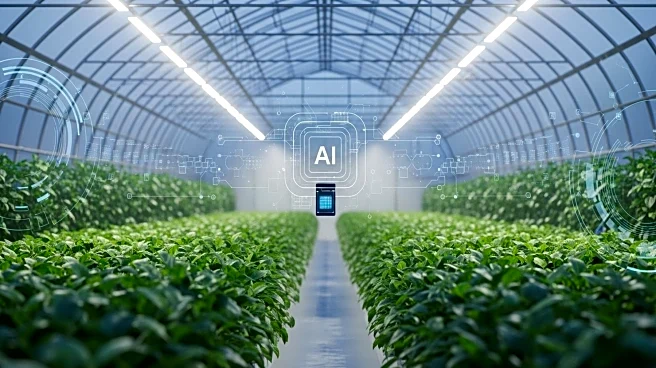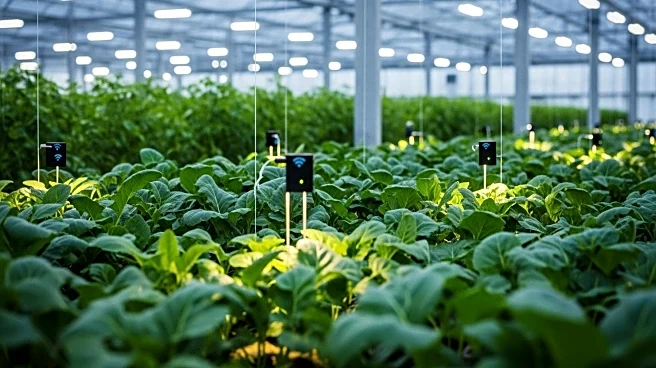What's Happening?
The life sciences IT market is expected to grow significantly, reaching USD 67.69 billion by 2034, according to healthcare experts. The market, valued at USD 23.71 billion in 2024, is projected to expand
at a CAGR of 11.06% from 2025 to 2034. Key factors driving this growth include the increasing need for automation in life science operations and substantial investments in advanced technologies. The market is segmented by component, application, deployment mode, and end-user, with North America holding a dominant share. The pharmaceutical companies segment led the market in 2024, benefiting from favorable infrastructure and growing research activities.
Why It's Important?
The expansion of the life sciences IT market is crucial for the pharmaceutical industry, as it facilitates faster product launches and strengthens market positions. IT solutions enable life science companies to convert complex data into actionable insights, improving operational efficiency and innovation. The adoption of advanced technologies is supported by favorable regulatory policies, which streamline various functions. This growth is expected to enhance the geographical presence of pharmaceutical companies and improve the efficiency of clinical trials, ultimately benefiting patients with faster access to novel treatments.
What's Next?
The life sciences IT market is poised for rapid growth, particularly in the Asia-Pacific region, where countries like China, India, and Japan are focusing on product innovation and increasing venture capital investments. Government funding and the adoption of advanced technologies are expected to further boost market growth. The cloud-based segment is anticipated to expand rapidly, driven by advancements in connectivity technology. As life science companies continue to leverage IT solutions, the market is likely to see increased competition and innovation, leading to more efficient and cost-effective processes.
Beyond the Headlines
The life sciences IT market faces challenges related to privacy and data security, with risks of data leakage and cyberattacks. Companies must address these issues to maintain data integrity and governance. Additionally, the sector's carbon footprint is projected to triple by 2050, prompting life science companies to adopt IT solutions for sustainability. These solutions can create more efficient processes and reduce resource consumption, contributing to environmental sustainability.












